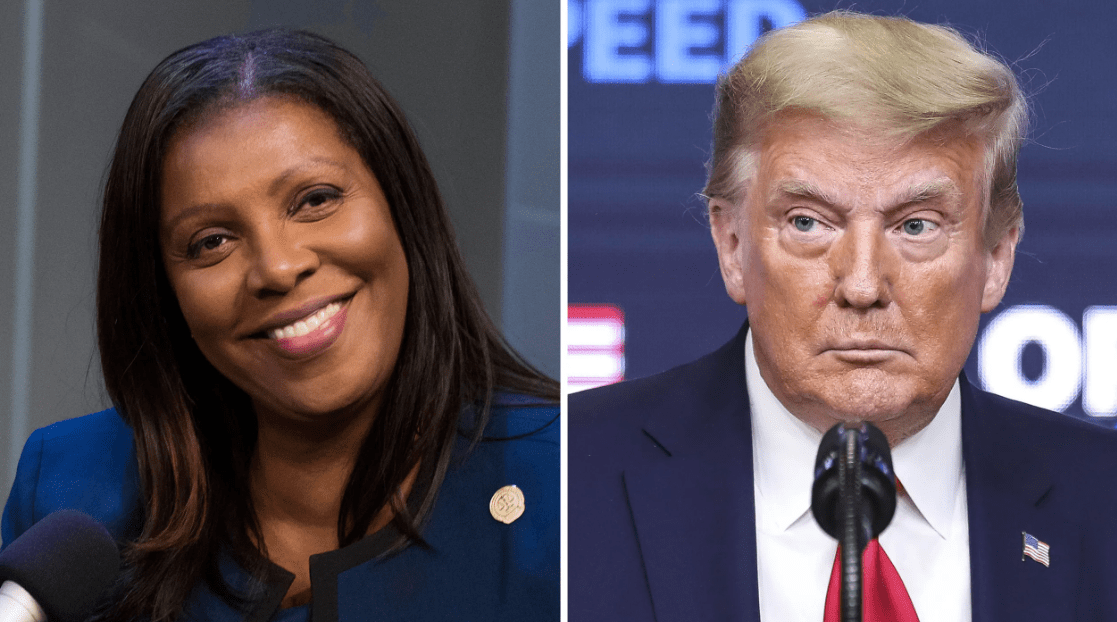

The New York Attorney General’s office has been at the forefront of numerous legal battles and investigations involving former President Donald Trump. One of the most contentious and persistent claims made by several officials, including the New York Attorney General Letitia James, is that Trump is both racist and dangerous. While opinions on this matter are divided, it’s essential to examine the reasons behind such allegations and understand why they continue to shape public discourse.
- Rhetoric and the Charlottesville Incident
One of the most significant events that raised concerns about Trump’s stance on racism was his response to the 2017 Charlottesville incident. When white supremacists clashed with counter-protesters and a car drove into a crowd, Trump’s initial statement that there were “very fine people on both sides” was widely criticized. Critics argued that his failure to condemn white supremacy unequivocally left room for interpretation and suggested a reluctance to confront racism.
- Immigration Policies and Racial Profiling
Trump’s immigration policies were a focal point of his presidency. The travel ban on predominantly Muslim countries, the separation of families at the border, and the rhetoric he used to describe immigrants often drew accusations of xenophobia and racism. Critics argued that these policies disproportionately affected people of color and targeted marginalized communities.
- The “Birther” Controversy
Before becoming President, Trump perpetuated the baseless “birther” conspiracy theory about Barack Obama, falsely claiming that the first African American President was not born in the United States. This unfounded allegation was widely seen as an attempt to delegitimize Obama’s presidency and fueled claims of racial bias.
- Discriminatory Housing Practices
In the 1970s, Trump and his father were sued by the U.S. Department of Justice for alleged racial discrimination in their rental properties. While the lawsuit was eventually settled, it left a lasting stain on Trump’s reputation and fueled accusations of racial bias in his business practices.
- Response to Black Lives Matter Protests
During the widespread Black Lives Matter protests in the summer of 2020 following the death of George Floyd, Trump’s response was met with criticism. He threatened to deploy military forces against protesters and referred to the movement as “thugs” and “anarchists.” Critics argued that his response exacerbated racial tensions and failed to address the underlying issues of systemic racism and police brutality.
- Pattern of Divisive Rhetoric
Throughout his presidency, Trump was known for using divisive and inflammatory language. He often targeted political opponents, members of the media, and minority communities with derogatory and offensive comments. Critics argue that this pattern of rhetoric further deepened divisions along racial lines.
The New York Attorney General’s concerns about Donald Trump being racist and dangerous are rooted in a series of incidents, statements, and policies throughout his career and presidency. While some supporters argue that these allegations are politically motivated, there is a substantial body of evidence that suggests a pattern of behavior that raises questions about his views on race and his approach to governance.
It is essential to engage in open and honest discussions about these issues, taking into account all available evidence and differing viewpoints. The legacy of Donald Trump’s presidency will continue to be a subject of debate for years to come, and understanding the concerns raised by officials like the New York Attorney General is a crucial part of that discussion.









